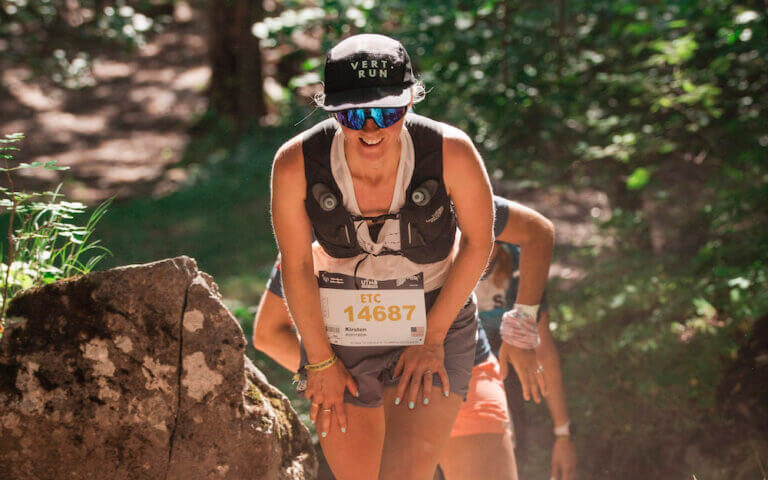This complete guide have been written and designed by our friends at On Pace Wellness, a Portland OR, based nutrition coaching service.
For many, nutrition is the last frontier to improving their health, and it can be overwhelming. My main goal is to provide you with the right tools and guidance to make this process as smooth as it can be, so you can enjoy food without a worry and improve your body’s performance along the way.

STEP 1: Calculate Your Needs
While counting calories may seem like a thing of the 90’s, having a general idea of how much food you should be taking in while training is probably a good idea. This can help prevent under-eating (or under-fueling) during your training program.
In order to calculate your daily caloric needs, there are a few tools that can be helpful.
- Your basal metabolic rate (BMR) represents the energy required to maintain the systems of the body at rest (including processes that require energy i.e., breathing). While the Total Daily Energy Expenditure (TDEE) is a more specific measure of energy needs based on your daily activities (i.e., physical exercise and the energy required to absorb/digest food).
Use the calculator below to determine your individual TDEE based on your gender, weight, height, and physical activity.
STEP 2: Three Essential Macronutrients: Carbohydrates, Protein & Fat.
Carbohydrates:
- Primary energy source for moderate to intense exercise.
- Carbohydrates also fuel the brain and help prevent the body from breaking down protein for energy.
- Because exercise reduces stored carbohydrates (muscle glycogen), they must be replenished on a daily
basis. - Muscle glycogen is depleted after 2 hours of continuous low-intensity training.
- If you don’t replenish your muscle glycogen stores during those long bouts of exercise, it can be difficult
to maintain your blood glucose levels leading to moderate or severe bonking symptoms (light-
headedness, lack of coordination, weakness or inability to concentrate).
Here is a quick guide to your daily carbohydrate intake based on your training workout.

In the full guide you will find:
- Protein & Fat intake recommendations.
- Optimal nutrition… it’s in the details!
- Hydration recommendations.
- Nutrition around workouts.
- Nutrition tips during Taper.
- Recipes (At home hydration drink, Post workout bowl, Rice ball, Post run Smoothie…)
Checkout our “Ultimate 50k training guide” for more tips and a complete description on how to structure your training.








